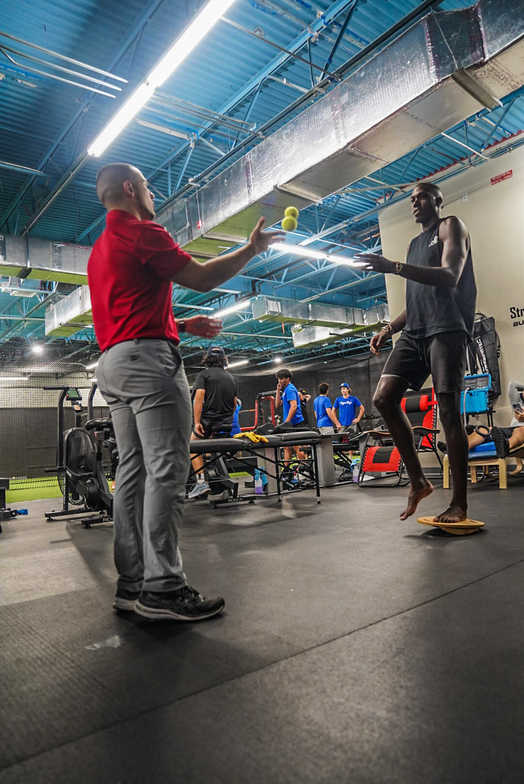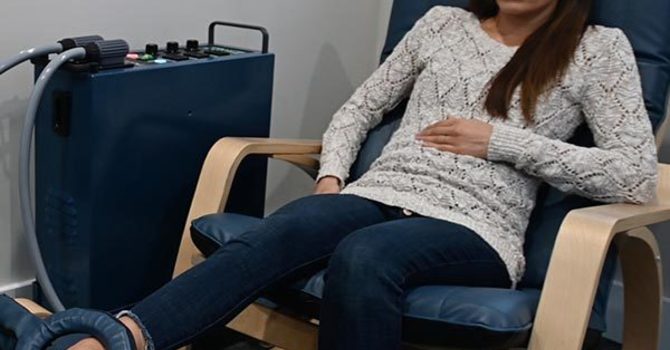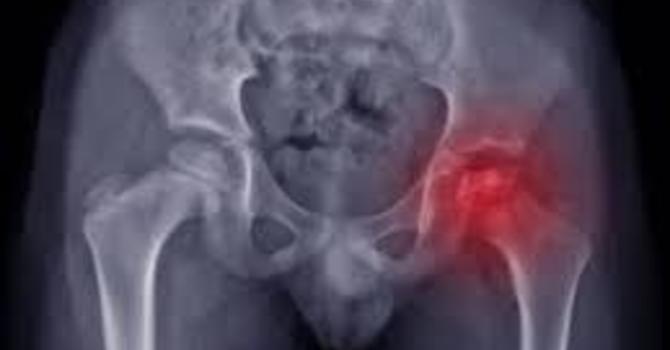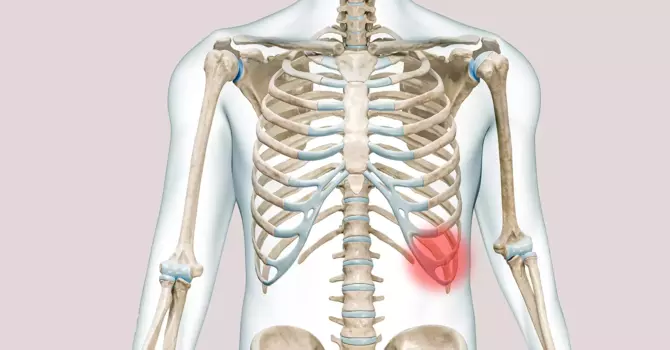
Ankle mobility is quite important in overall movement capacity and athletic activities. We typically hear our health and fitness-oriented patients talk about their ankle mobility as they feel it is the root of all evil in their movement. It's not that all of them are wrong and don't need ankle mobility, it's that most talk about ankle mobility drills and performing them but don't really get any better. Why is that? Let's discuss this.
Having adequate ankle dorsiflexion is vital for lower extremity movements such as squats, cleans, lunging, and running. Dorsiflexion is when the toes come closer to the nose and plantar flexion is when you point your foot down. When we have a patient talking about having "stiff" or "immobile" ankles, we ask a few questions.
1) Where do you feel your ankle is restricted?
2) Does it feel like a physical block in the front or tightness and pulling in the back?
3) What do you do to work on ankle mobility?
4) Do you actively STRENGTHEN the musculature around your ankles? (*not just your calves*)
These few questions followed by a quality exam can help determine if you actually have stiff ankles and need mobility or have stiff ankles due to a lack of stability (strength+control) of the musculature around the ankle.
Rule of Thumb:
If you feel a bony/physical block in the front of your ankle + actively and passively you cannot dorsiflex your ankle= you need MOBILITY (joint manipulation, banded joint mobilization, voodoo floss, mobility drills)
- Mobility=need WD40
- To achieve mobility quicker, use an external force to create space (banded mobilization) or excessive compression (voodoo floss) to allow for better joint movement
- Minimum of 2 MINUTES for movement w/mobilization of compression floss
- Following mobility drills, you must train in a newfound range of motion
If you feel a tightness or pulling in the back of the ankle restricting your movement + passively you can achieve good dorsiflexion, but actively you cannot = you need STABILITY (balance exercises, tib raises, banded ABCs, single-leg work)
- Stability=Strength+Control
- Must focus on strength and endurance of ALL aspects of the ankle (tibialis anterior+posterior, peroneals, and soleus)
- The brain is creating tension due to a lack of perceived control/strength of the surrounding muscles. It is attempting to protect the ankle.
- Perform high rep, low load exercises (exercises that you feel a burn)
- Incorporate balance and single-leg work exercises to help
Whether mobility or stability, these exercises, and drills should be performed at minimum 2-3x a week. To make your life easier to create a habit, pick one or two exercises a day and perform different ones on different days.
If these tips still don't work, consider scheduling an appointment with us at strengthchiro.com to have an expert evaluate your ankle and global movement to determine the best course of action!



